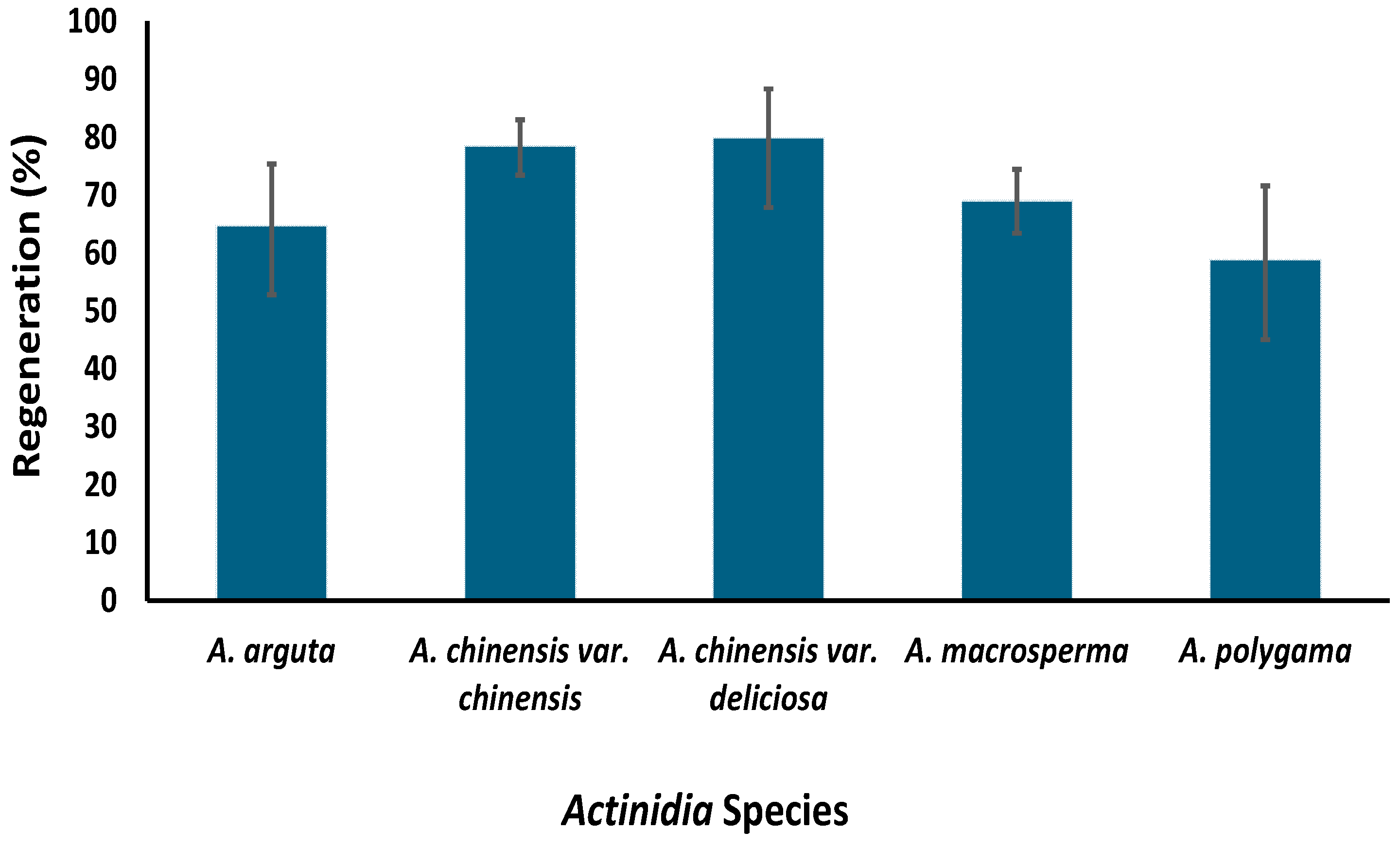Correction: Nadarajan et al. Development, Management and Utilization of a Kiwifruit (Actinidia spp.) In Vitro Collection: A New Zealand Perspective. Plants 2023, 12, 2009
Reference
- Nadarajan, J.; Esfandiari, A.; Mathew, L.; Divinagracia, J.; Wiedow, C.; Morgan, E. Development, Management and Utilization of a Kiwifruit (Actinidia spp.) In Vitro Collection: A New Zealand Perspective. Plants 2023, 12, 2009. [Google Scholar] [CrossRef] [PubMed]

Disclaimer/Publisher’s Note: The statements, opinions and data contained in all publications are solely those of the individual author(s) and contributor(s) and not of MDPI and/or the editor(s). MDPI and/or the editor(s) disclaim responsibility for any injury to people or property resulting from any ideas, methods, instructions or products referred to in the content. |
© 2025 by the authors. Licensee MDPI, Basel, Switzerland. This article is an open access article distributed under the terms and conditions of the Creative Commons Attribution (CC BY) license (https://creativecommons.org/licenses/by/4.0/).
Share and Cite
Nadarajan, J.; Esfandiari, A.; Mathew, L.; Divinagracia, J.; Wiedow, C.; Morgan, E. Correction: Nadarajan et al. Development, Management and Utilization of a Kiwifruit (Actinidia spp.) In Vitro Collection: A New Zealand Perspective. Plants 2023, 12, 2009. Plants 2025, 14, 1649. https://doi.org/10.3390/plants14111649
Nadarajan J, Esfandiari A, Mathew L, Divinagracia J, Wiedow C, Morgan E. Correction: Nadarajan et al. Development, Management and Utilization of a Kiwifruit (Actinidia spp.) In Vitro Collection: A New Zealand Perspective. Plants 2023, 12, 2009. Plants. 2025; 14(11):1649. https://doi.org/10.3390/plants14111649
Chicago/Turabian StyleNadarajan, Jayanthi, Azadeh Esfandiari, Liya Mathew, Jasmine Divinagracia, Claudia Wiedow, and Ed Morgan. 2025. "Correction: Nadarajan et al. Development, Management and Utilization of a Kiwifruit (Actinidia spp.) In Vitro Collection: A New Zealand Perspective. Plants 2023, 12, 2009" Plants 14, no. 11: 1649. https://doi.org/10.3390/plants14111649
APA StyleNadarajan, J., Esfandiari, A., Mathew, L., Divinagracia, J., Wiedow, C., & Morgan, E. (2025). Correction: Nadarajan et al. Development, Management and Utilization of a Kiwifruit (Actinidia spp.) In Vitro Collection: A New Zealand Perspective. Plants 2023, 12, 2009. Plants, 14(11), 1649. https://doi.org/10.3390/plants14111649




